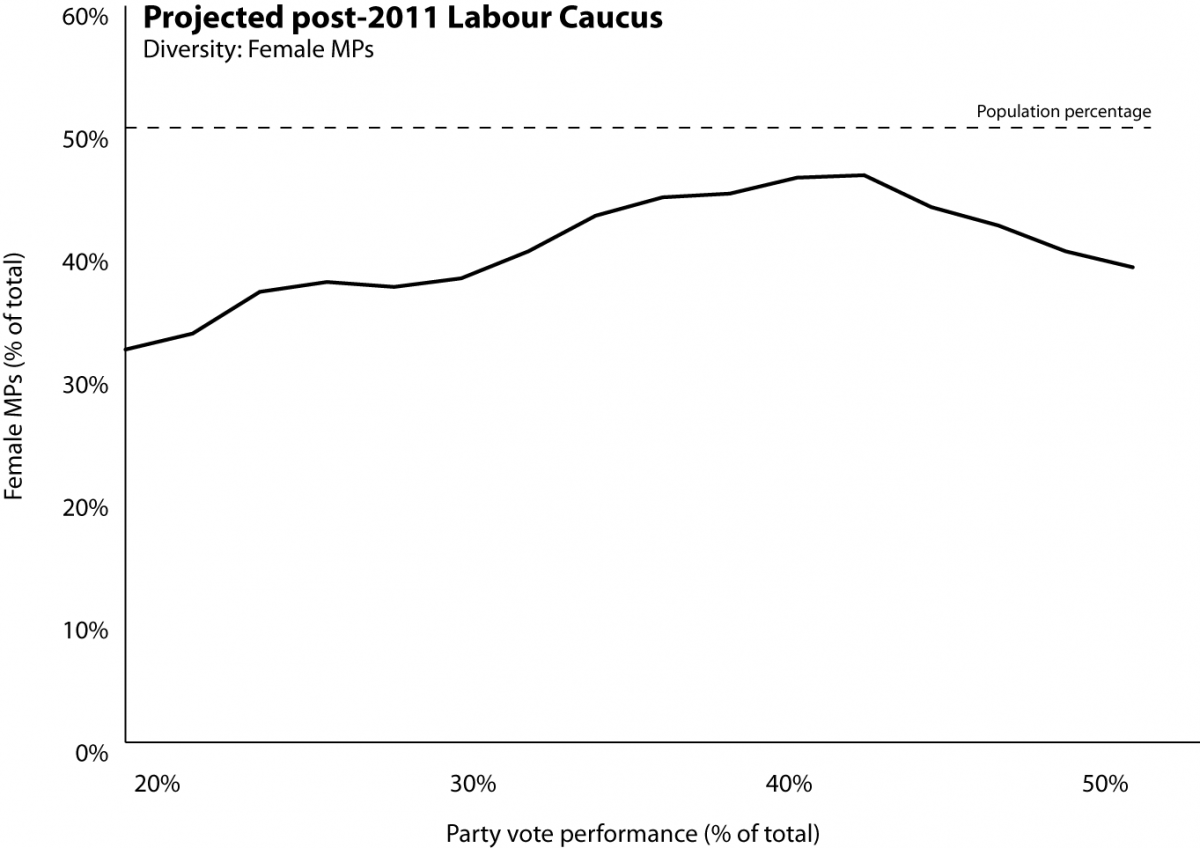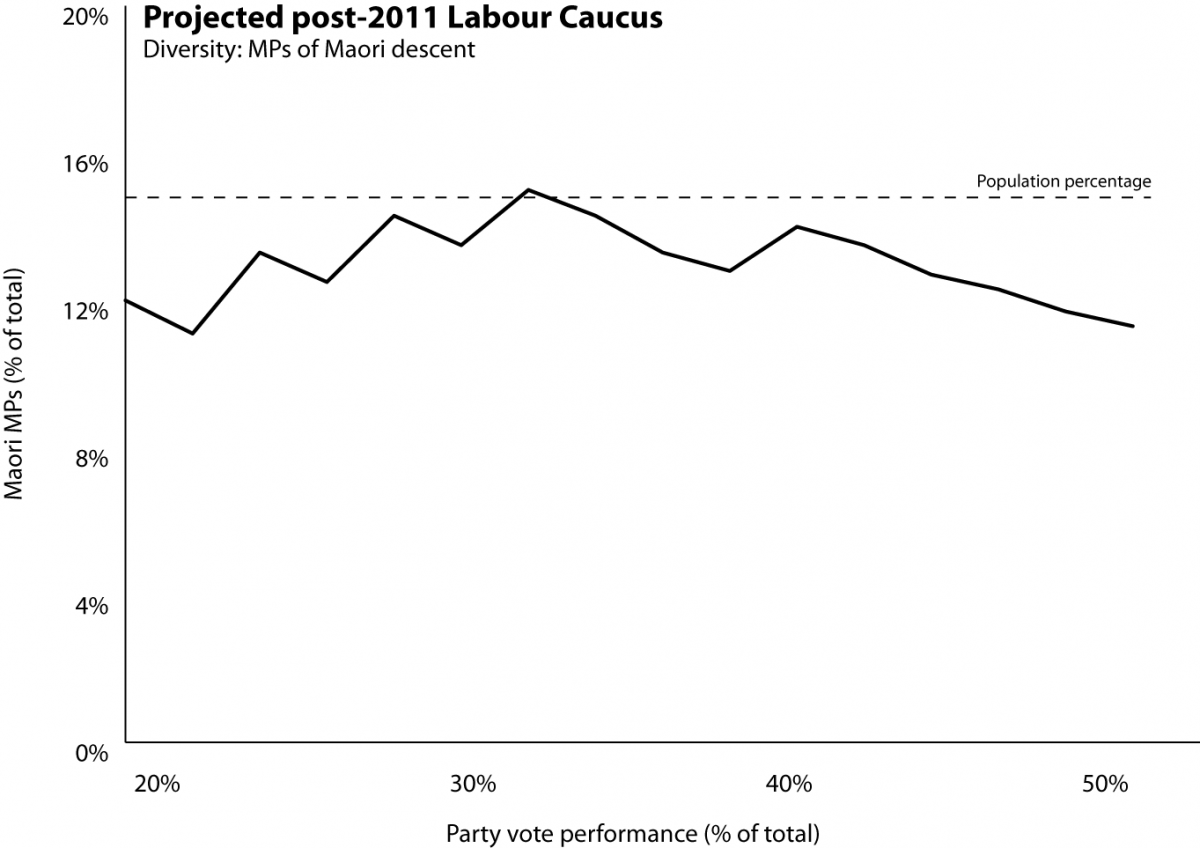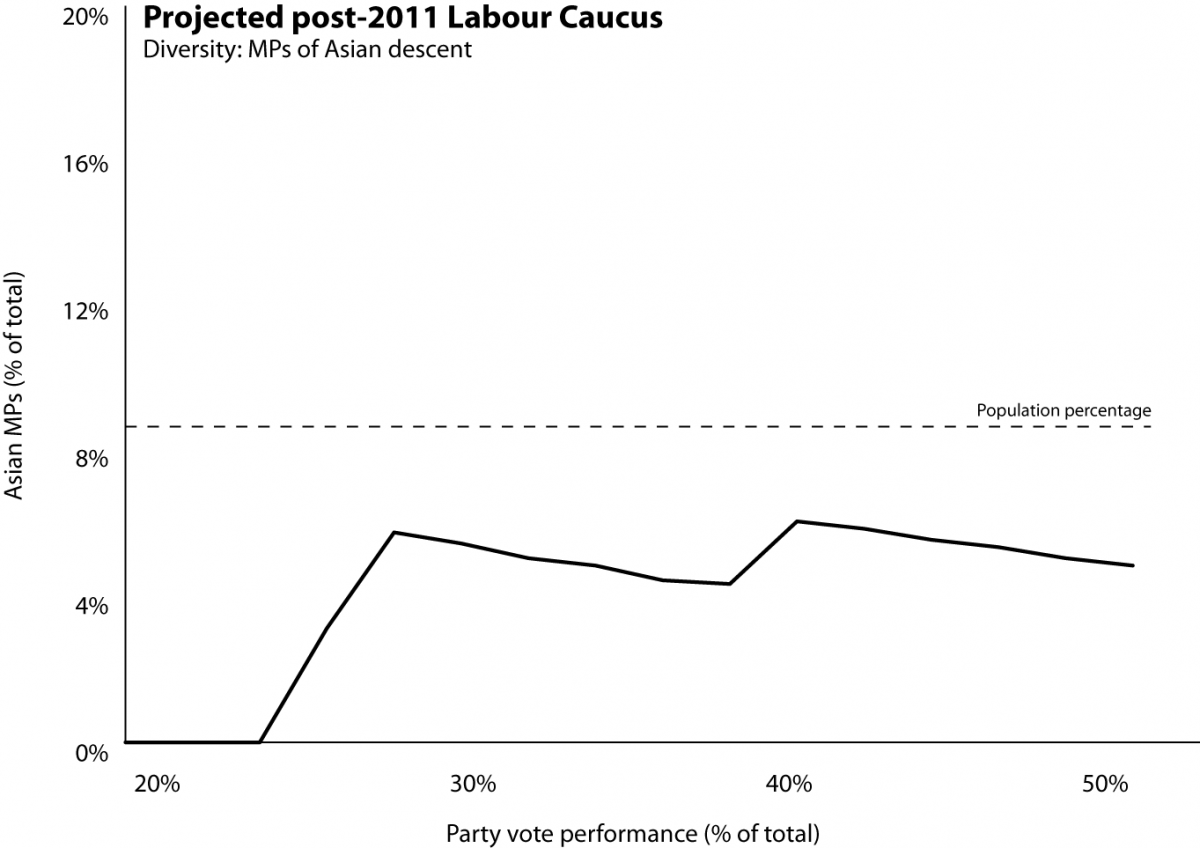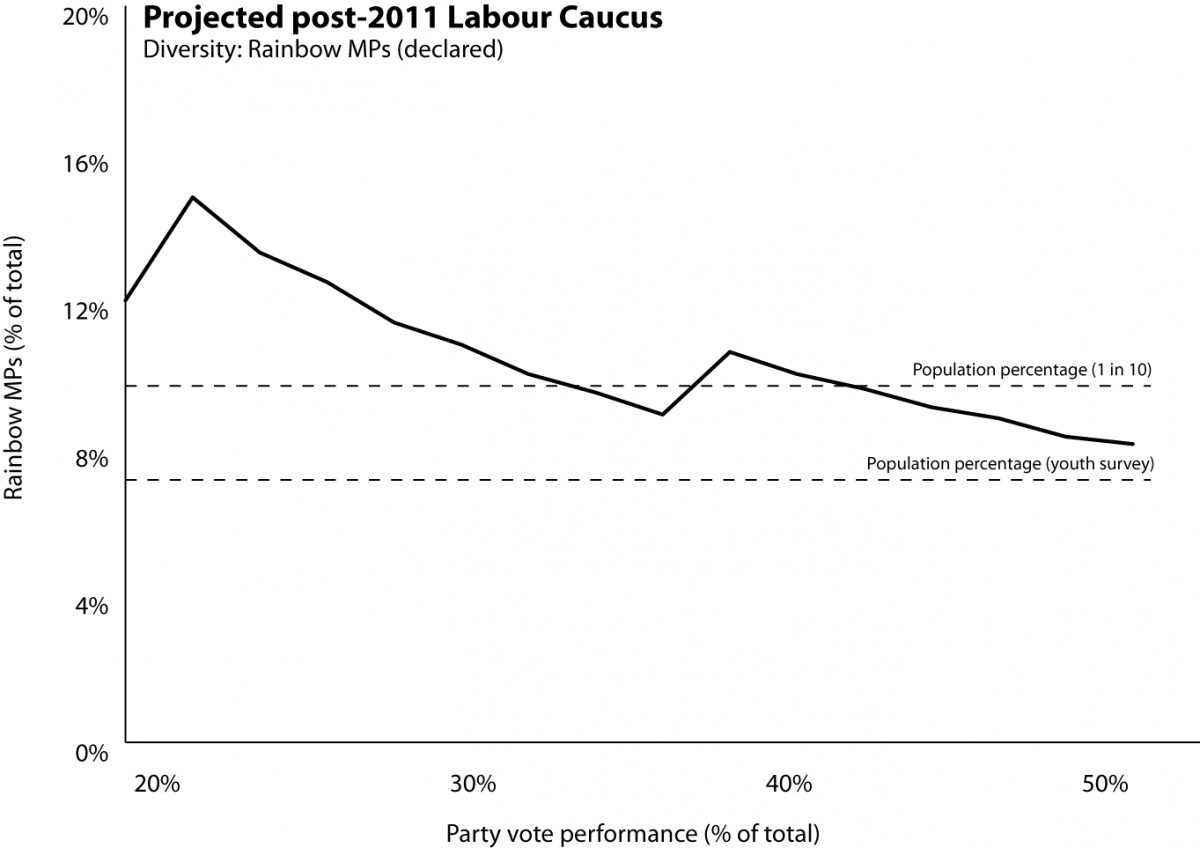The Labour party list comes under fact-challenged attack
Labour’s list came out over the weekend, and criticism of it was immediate and vehement. But the criticism was also mostly inaccurate. If you listen to the critics, you would think Labour’s list is overrun with gay Tongan women. In fact, Labour’s post-2011 caucus could well be tilted towards heterosexual white guys.
Unionists!
One popular critique was that Labour’s list is union-dominated. Well, duh. They did not call it “Labour” for nothing. Being upset with Labour for this is like being angry at the Greens for having all those environmentalists, or being mad with Germany’s Christian Democrats for having too many religious people. But that critique is at least technically true.
A Gaggle of Gays!
The meme about Labour’s list goes further, saying that the party is also dominated by a rag tag assortment of feminists, gays, and various non-white people.
The biggest error by the critics has been to look at the list in isolation. Today’s Herald editorial is a good example. The point of a party list is to deliver a post-election caucus. Forecasting caucuses is not hard and is the best way to assess the list.
Using Labour’s list and assuming 4% wasted votes and no partisan change in the electorate seats, except Wigram moving from the Progressives to Labour, I projected the Labour caucus across all vote shares from 20% to 50%. The graphs below show how Labour performs across the gender divide, three minority ethnic categories, and the (declared) sexuality divide.





What the graphs show is that Labour’s caucus will look broadly similar to New Zealand, but will continue to moderately underrepresent women, Maori, and New Zealanders of Asian descent. The Rainbow community is either marginally overrepresented (by about one MP) or represented proportionally, depending on which population estimate you prefer. And Pasifika peoples are overrepresented in Labour’s caucus by 1-2 MPs.
After the list was released, Labour MP Damien O’Conner said that ordinary blokes like him get ignored in Labour’s list process, which is why he did not play the game. David Farrar and company agreed, saying for example: “How many non-union straight European males (such as Damien) have list spots? In the top 15 effective spots, there is only one – David Parker. In the top 30 effective spots, there are only two – Parker and Nash.” Of course, that little word “effective” is important – because it allows Farrar to ignore over half of Labour’s top-ranked parliamentary candidates.
Disregarding the “non-union” caveat (see above), here is a graph of the projected proportion of Labour’s caucus that will be Straight, Wholly European Males (SWEM). People like this make up around a third of the population, and if we consider Labour’s caucus in its entirety, over a third are SWEM in most circumstances.

Does all this descriptive diversity give lie to Phil Goff’s claim that “people were chosen for their skills rather than backgrounds.” No, it doesn’t. If you assume there are good numbers of highly skilled people across all demographic categories in New Zealand, then going and looking for highly-skilled people wherever they may be should get you a group that looks broadly like the country as a whole.
Retreads!
The other popular criticism of Labour’s list was that it featured too few newcomers. David Farrar says: “The latest poll (Roy Morgan) has Labour at 31.5%. If this was the result… the only new MPs would be Andrew Little and Deborah Mahuta-Coyle.” This is not a true statement for a start. In that exact situation, there would be two further new Labour MPs, David Clark (Dunedin North) and Megan Woods (Wigram). Clark is an ex-Treasury analyst and ex-Presbyterian Minister; and Woods’ current job is a business manager for a research firm. Neither of their backgrounds fit Farrar’s conclusions, of course. He ignores them.
Four new MPs would not be a great renewal effort, of course, but that scenario is one in which Labour falls to its worst MMP result since 1996. Not too surprising that there would be little room at the inn in that circumstance. But what of other possible results? The bullets below list new Labour MPs in three situations, corresponding to 30%, 35%, and 40% of the vote (again with a 4% wasted vote):
- 30% vote share: Megan Woods, David Clark, Andrew Little, Deborah Mahuta-Coyle
- 35% vote share: above plus Michael Wood, Kate Sutton, Jerome Mika
- 40% vote share: above plus Josie Pagani, Lynette Stewart, Jordan Carter, Christine Rose, Glenda Alexander, Susan Zhu, Rino Tirikatene
Most of those new MPs are under 40, and come form a wide range of backgrounds. Looking at the full facts gives a very different understanding from the “two new unionist MPs only” picture that David Farrar attempted to draw.
None of this is to say that I think Labour delivered a flawless list. That is not my belief. I would have liked to have seen more graceful exits by some long-serving MPs, and some additional grand entrances – some from people lower on the eventual list, some from people not on the list at all. I am also sympathetic to the idea that Labour needs cognitive diversity in its caucus at least as much as it needs descriptive diversity. Those two things are related, but they are not the same.
But I do not feel the need to bend the facts, ignore inconvenient facts, or make things up in order to justify my beliefs, unlike some of the critics. If they have to cover up the facts in order to make their political point, they don’t have much of a point.
